Beginner's Guide to Crochet | Part 2
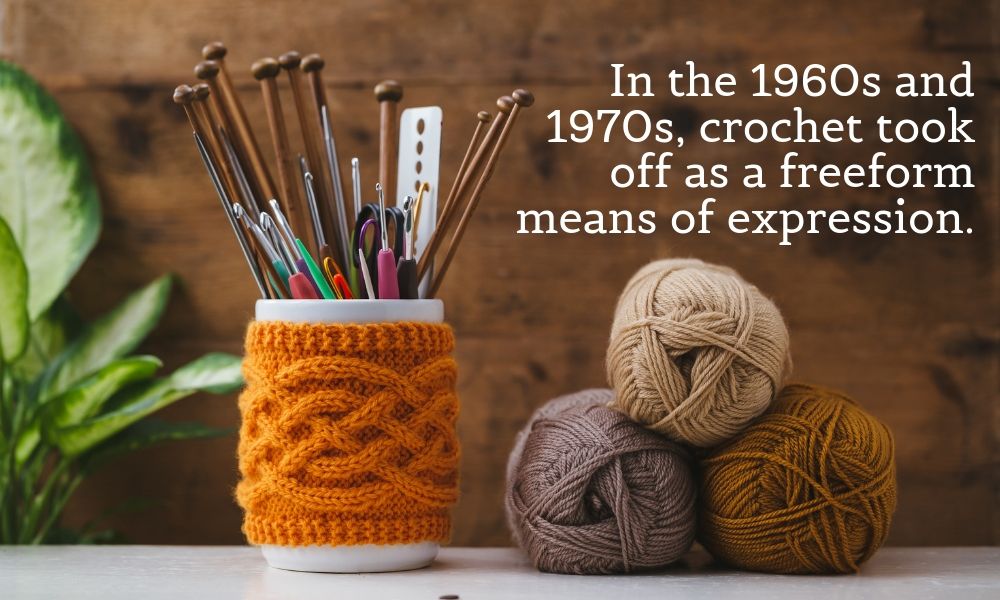

For years, crochet has been a way for individuals to get in touch with their creative sides. In fact, the history of crochet points to the 1960s and 1970s as the point where “crochet took off as a freeform means of expression.” Since then, people have been using the handiwork as a way to soothe themselves and improve their craft. If crochet is something you want to learn more about, take a peek at the first part of our beginner’s guide to crochet, then read on to improve your skills even further.
Learn the Chain Stitch
In the previous blog post, we talked about mastering the slip knot. Slip knots are the first knots that begin your project and the precursors to chain stitches. In order to chain stitch, you’ll first need to have your slip knot in place. To get started, your crochet hook should still be within the slip knot, facing upward. Rotate your dominant hand counterclockwise to hook the yarn. From there, draw the hooked yarn through the slip knot and return the hook to its upwards position. That’s your first completed chain stitch!
To continue your row of chain stitches, hook another yarn loop and draw it through the previous stitch. Repeat this any many times as you need to feel at ease with the motion. The more you practice, the more your hands and fingers will get used to the motions. Remember to maintain tension to keep your chain stitches smooth and even.
Move on to Single Crochet
After you’ve learned how to chain stitch, you’ll want to learn some other basic crochet stitches. The single crochet stitch is an essential one to know, and it can be used to create many different projects. Typically, your single crochet stitches will attach to a foundation of chain stitches.
To begin, insert the hook through the last chain you just created. (From the second row onward, you should insert the hook into the last single crochet stitch.) Then, draw up a loop by wrapping the yarn over your hook and grabbing it with the hook. Pull the hook and the working yarn through the two loops, creating two loops on your crochet hook. Then, wrap the yarn around the hook again and draw both hook and yarn through the first two loops on the hook. You’ve completed a single crochet stitch!
Only one loop should remain on your crochet hook once the single stitch is completed. This loop will be the starting point for your next stitch. Controlling the yarn and the stitches may be difficult in the beginning, but once you’ve worked your way through the first few rows, it’s much easier to keep a handle on the stitches while keeping the yarn tight and even.
Practice with Different Patterns
The only way to get better is to practice. Many different projects rely on single crochet. Some beginner projects will have a mixture of different stitches, but if you’re just learning, try to find ones that are single crochet only. Check out these awesome patterns to help you practice your single crochet stitch.
To get all the tools and supplies you need, shop at Lindley General Store. We have some of the best fabric Canada has to offer, plus all the supplies and books you need to get your crafting career started. Check us out!

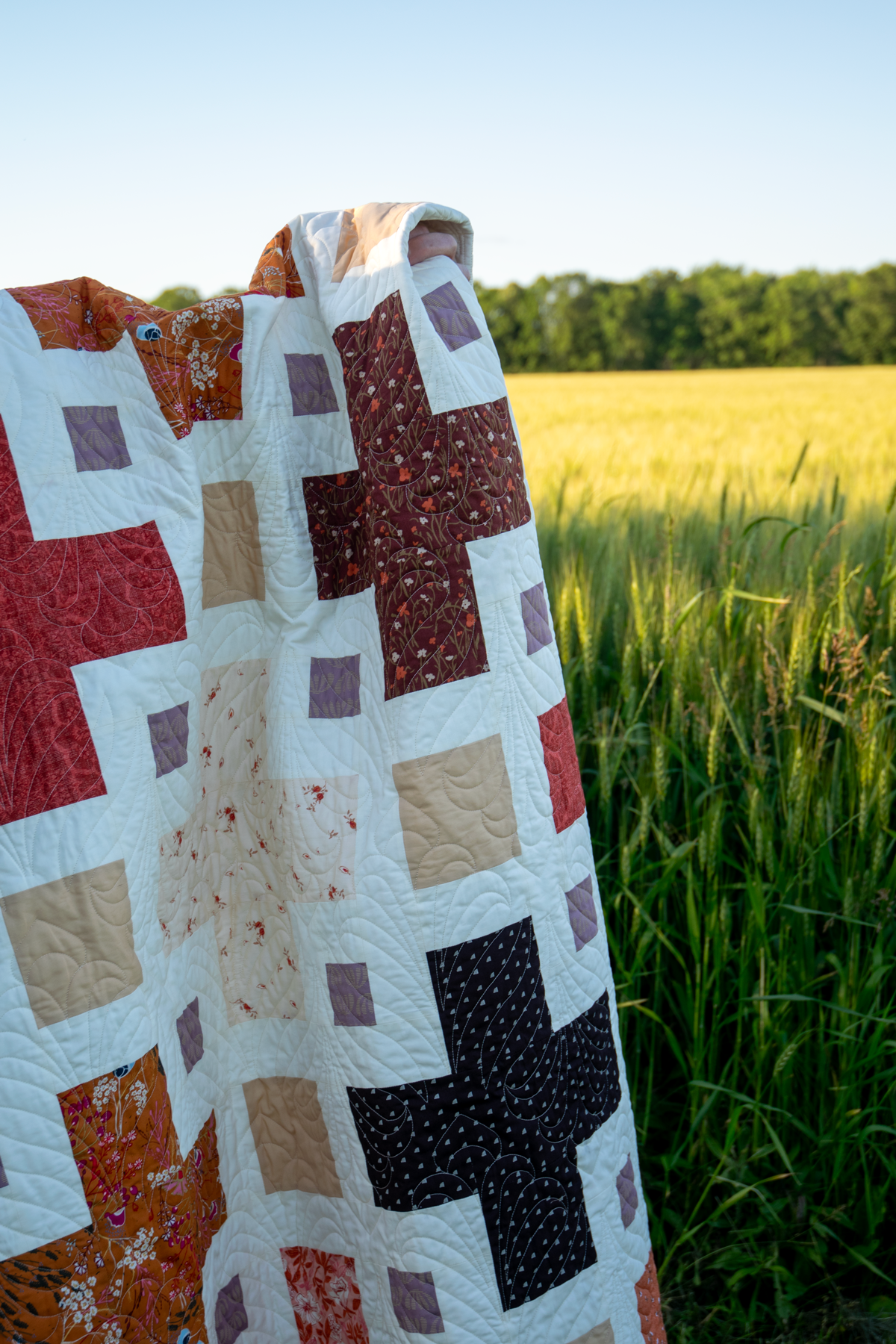

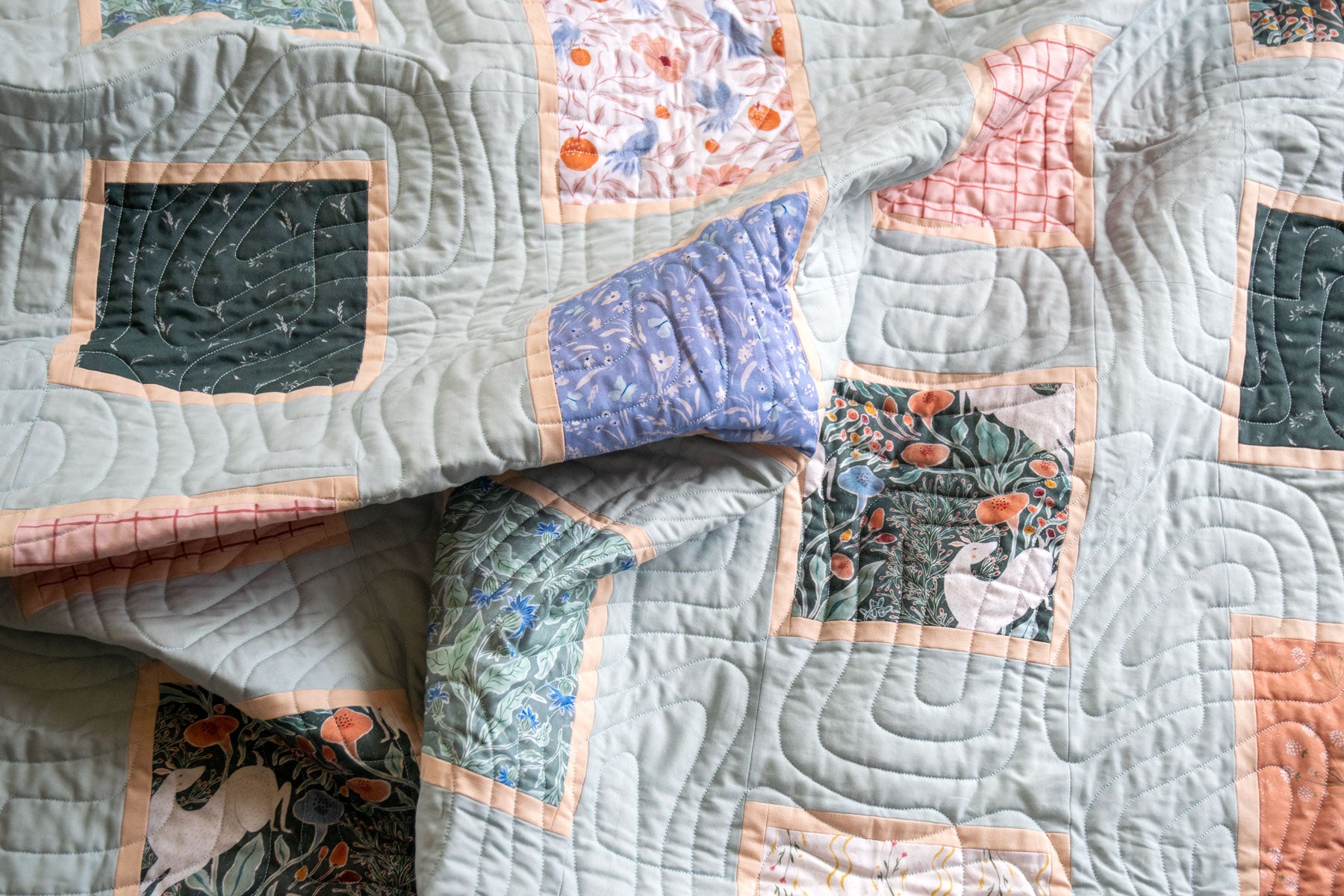
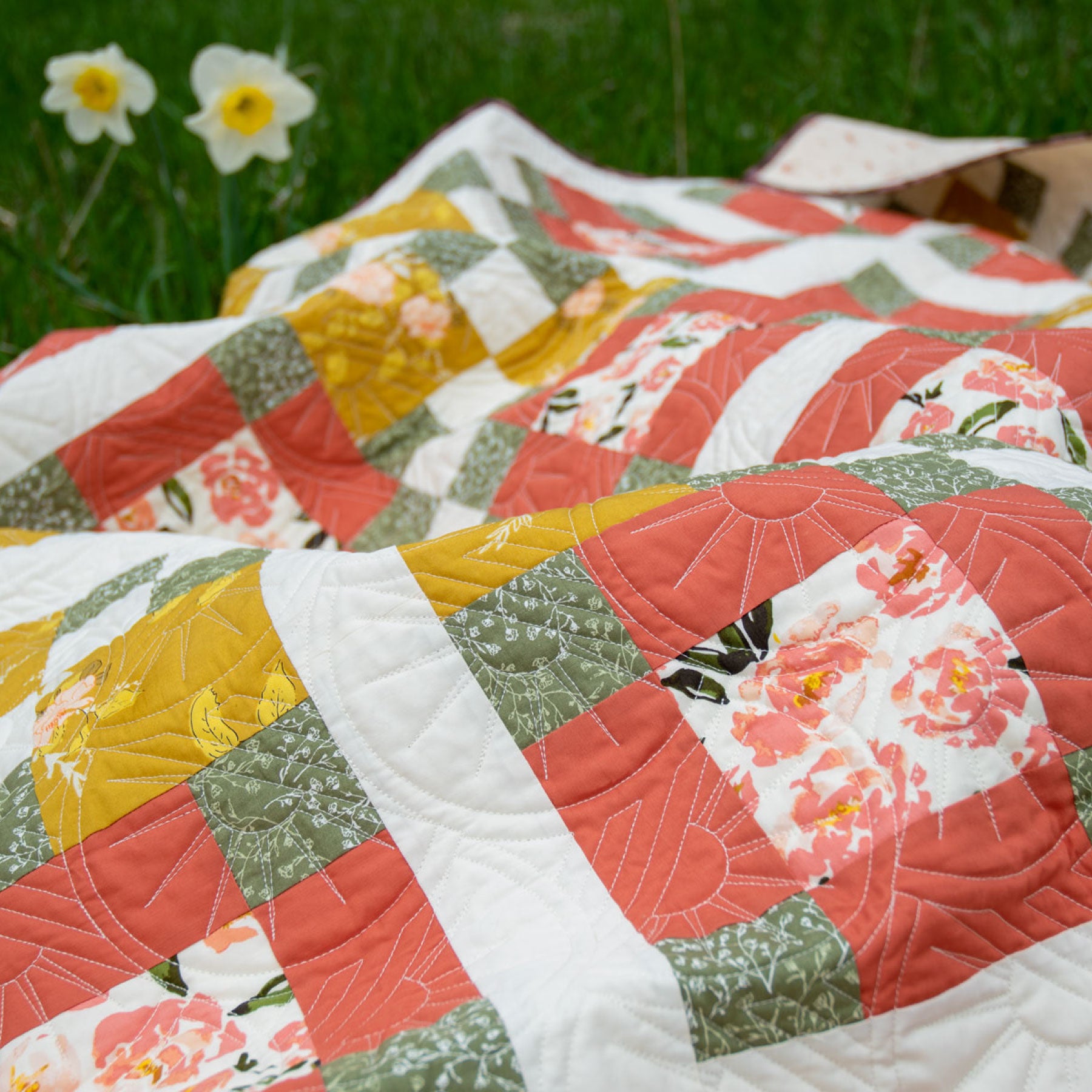
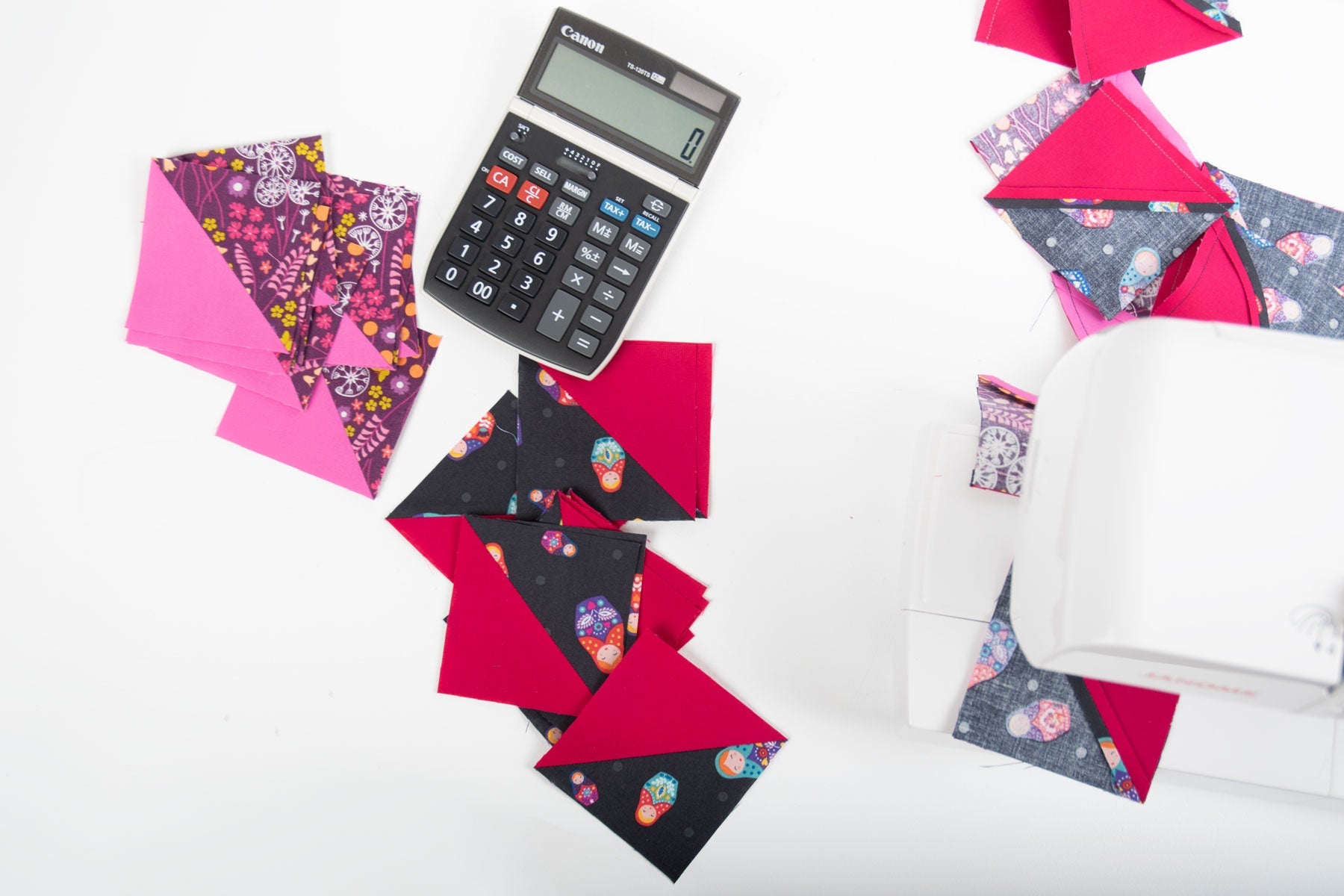
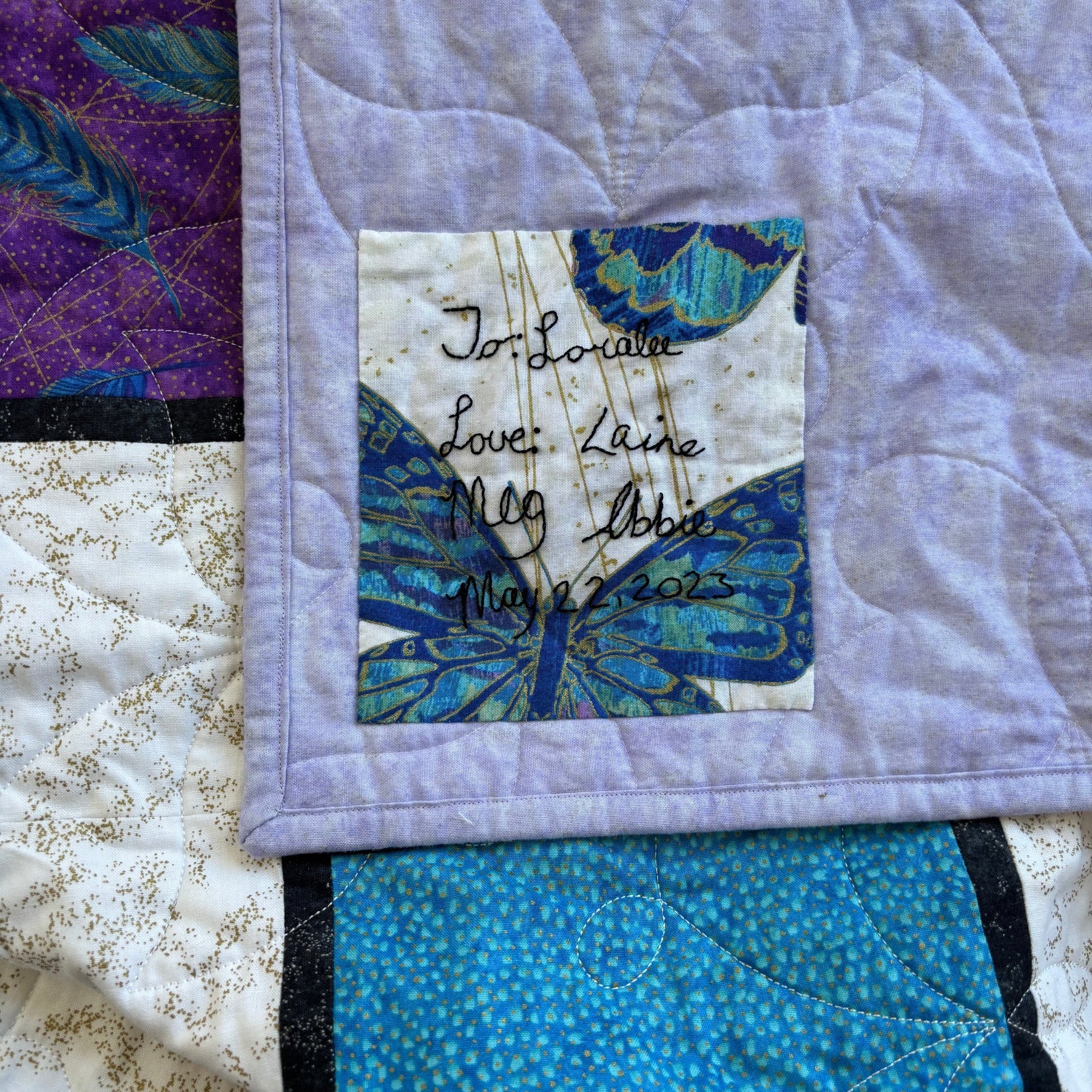
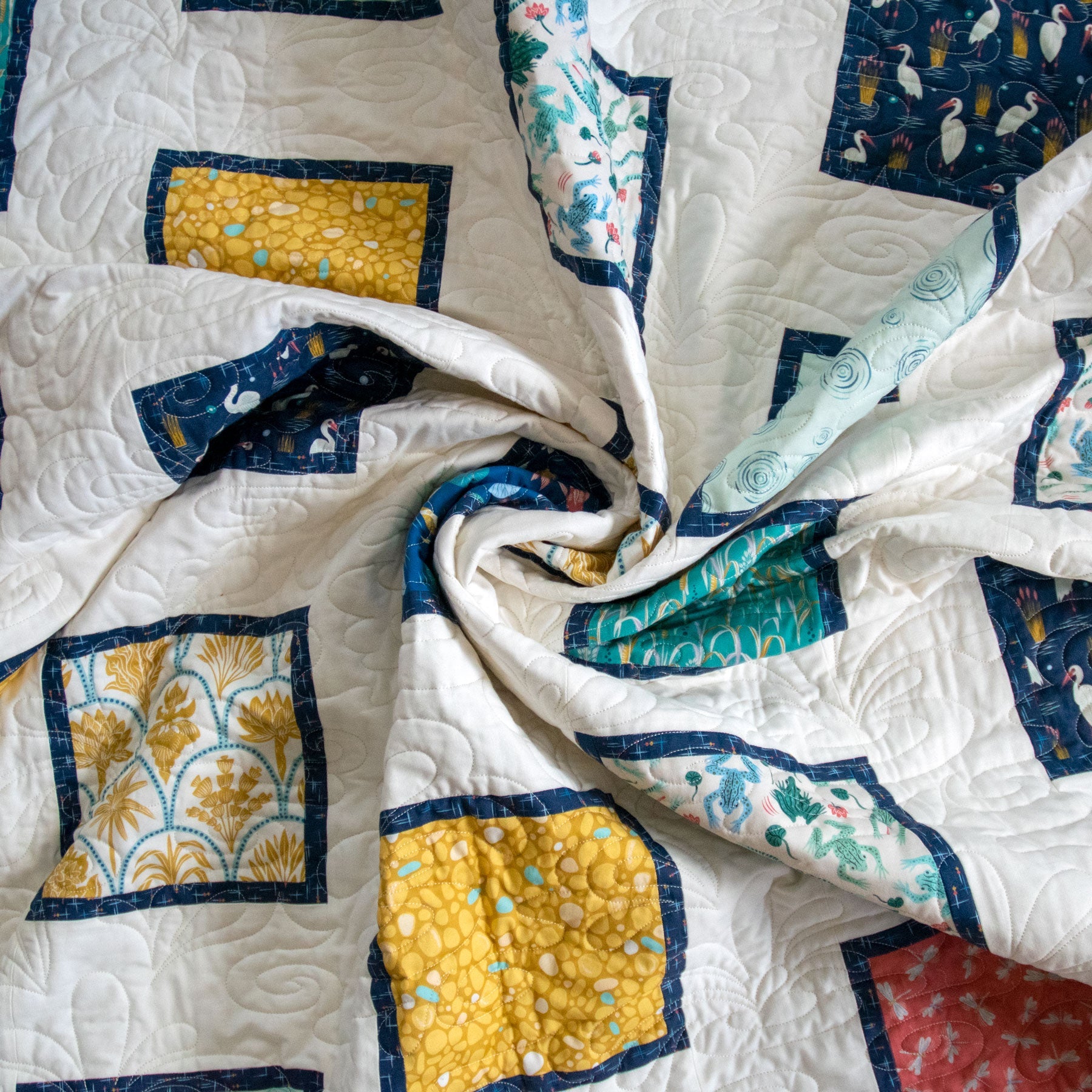
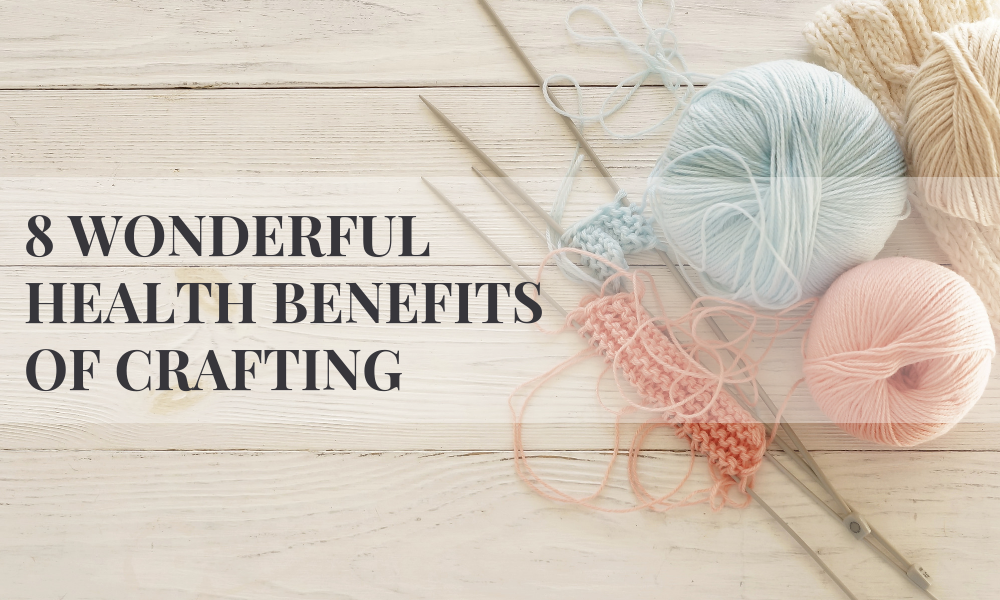
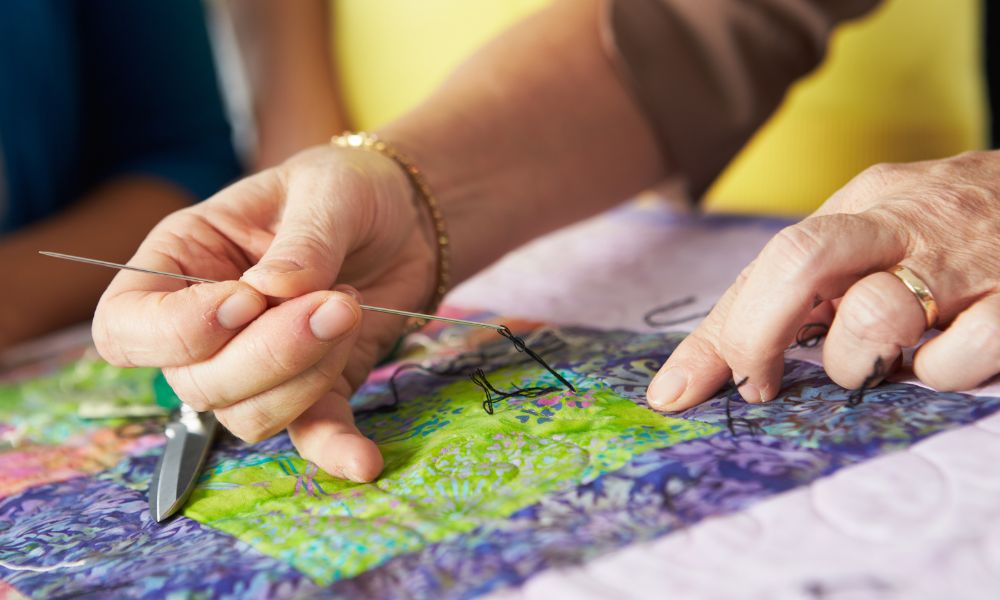
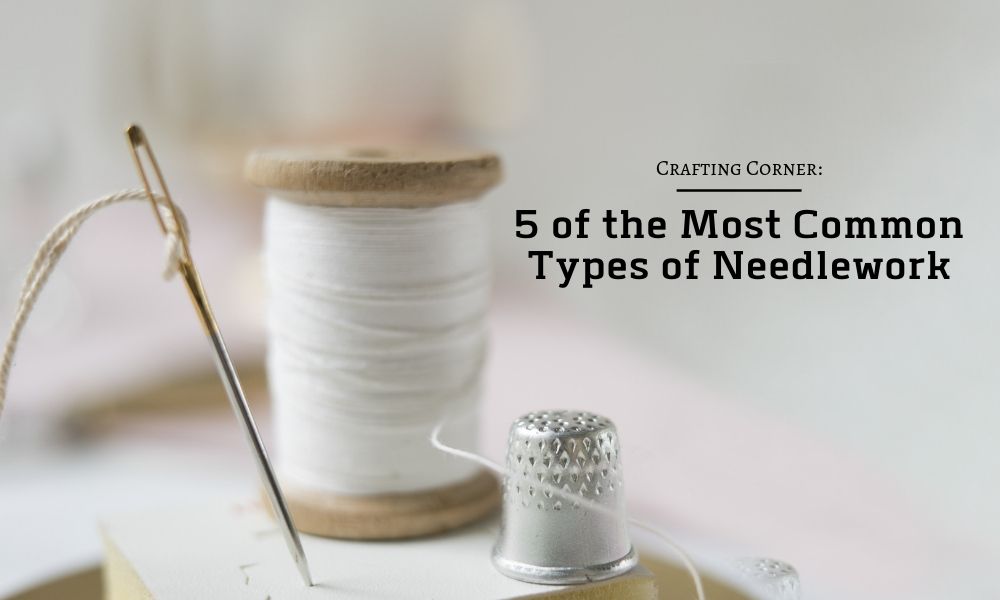
Comments